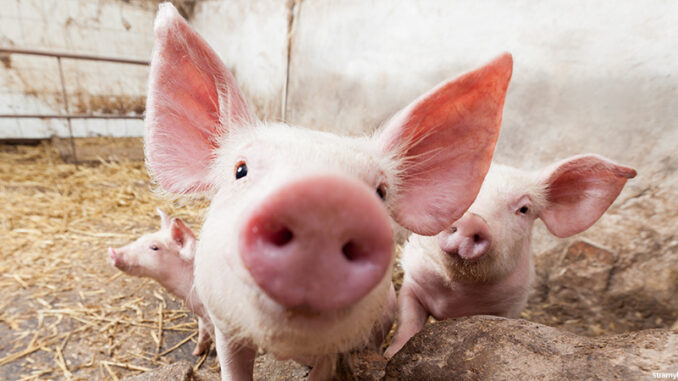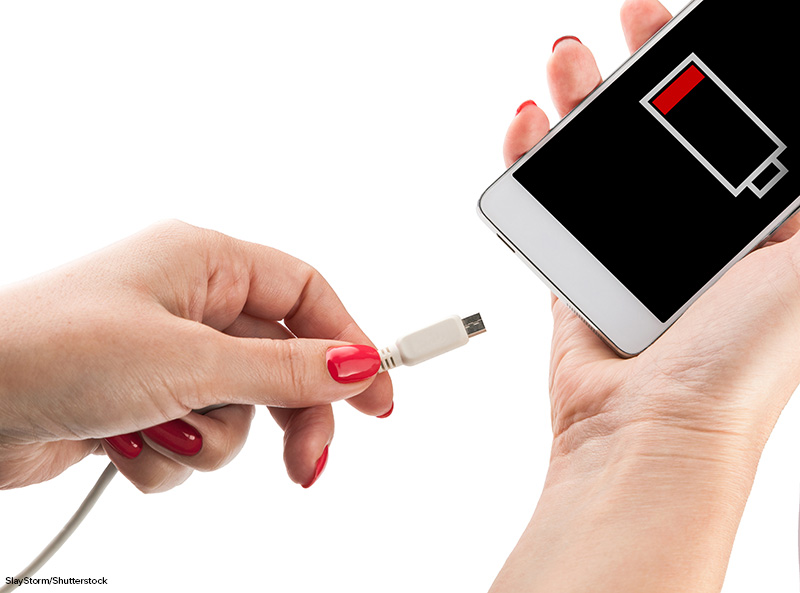
Batterygate
Were you an iPhone user before 2018? If so, did you find that your phone slowed down dramatically, or turned off unexpectedly? You’re not alone. Turns out, Apple deliberately slowed down the processors of iPhone6s, iPhone7, and the original iPhoneSE without notifying its customers that it was doing so. This slowing down is called “throttling,” and according to a federal district judge, the company will have to pay customers who experienced it.

So why did Apple slow down its phones? According to the company, this was done to limit the phones’ performance to keep them from completely shutting down as their batteries wore out over time. The older phones could no longer handle the power demands of the processor, and so Apple opted to simply slow the phone’s processor down. The problem is, this was never communicated to the public: Apple simply included the “throttling” software in an update package. As a result, many customers–frustrated with their phone’s slow speed and unreliability–wound up purchasing another phone.
The lawsuits against Apple claim that the company did this on purpose, in order to force customers into buying new phones. Either way, according to the federal judge, Apple should be held responsible for its poor communication and has tentatively approved Apple’s proposed $500 million settlement. However, due to the COVID-19 pandemic, the final approval hearing won’t be scheduled until December of this year. That means that payments won’t start arriving in affected customers’ mailboxes until sometime in 2021.
And if you’re one of these customers, don’t expect any huge windfall to come your way: it’s estimated that each customer will only receive about $25.
Dig Deeper Newer iPhone models have the processor throttling feature built in. Go online to learn more about how to find out if your phone is being throttled, as well as how to turn this feature off to restore your phone’s full performance.
Fake Tweets?
Tired of hearing about coronavirus yet, especially on social media? You’re probably not alone, and yet, the posts, links, tweets, and social media debates keep coming. Why? One answer is that at least some of them may not be coming from actual human beings. A recent study of more than 200 million tweets about the virus revealed that nearly half of them came from accounts that appear to be bots. Experts don’t yet know who is responsible for the fake accounts, but they say that the behavior seems typical of propaganda used by China and Russia in the past.
What’s interesting about the fake tweets is that they don’t just promote one side of the issue. Rather, they seem to have one goal in mind: dividing the American public by encouraging people to believe that there are two polar opposite points of view about the virus. This was the same technique used by Russia during the 2016 presidential election, when online propaganda was aimed at both Clinton supporters and Trump supporters, in order to divide Americans even further from each other.
Through the study, experts identified at least a hundred fake narratives about the virus. The problem is that people read these stories online and believe they are true, and then take action. For example, a fake story that coronavirus is somehow linked to 5G wireless towers led to people in England trying to burn down dozens of the towers. Twitter is in the process of removing any misleading or harmful tweets and has already deleted or challenged 1.5 million questionable accounts.
What Do You Think? What are some steps you can take to help make sure that the information you share on social media is accurate?
Michigan Dams Fail
Spring is known for its rain, but this spring has seen record-breaking precipitation in many parts of the country. Unfortunately, in Michigan, two dams failed as a result, leading to widespread flooding up to nine feet deep. Eleven thousand people were evacuated from the area around Midland, Michigan, in less than twelve hours’ time. Both failed dams contain the Tittabawassee River, routing it into two separate lakes. But last week, after days of nonstop rain, the river crested at 35 feet and overpowered the dams. So much water flowed out of the lakes that in one of them, parts of the lakebed became visible. The water also mixed with containment ponds from a local chemical company, though the company claims that this would not harm people or the environment.
While the flooding caused catastrophic damage, washing out roads and leaving many people homeless, no one was killed or seriously injured. The situation has been made more complicated by the COVID-19 pandemic, because people housed at emergency shelters have to social distance, wear masks, and take other safety precautions. Governor Gretchen Whitmer declared a state of emergency and announced that coronavirus precautions would be suspended if they interfered with the ability to get people out safely. Trump also declared a federal emergency for the area, meaning that federal money can also be used to help with the evacuation and rebuilding effort.
Worse, the fact that the dams failed isn’t a total surprise. Inspectors have been warning that the nearly century-old dams were insufficient since 1999, and since then, nothing has been done to address the problem. One of the dams has been owned by a series of private companies, none of which dealt with the dam’s issues. Both dams were sold, but the local task force that was set up to them over won’t take effect until 2022.
Dig Deeper To better familiarize yourself with the places mentioned in the article, identify the following on a map of Michigan: Detroit, Midland (about 140 miles north of Detroit), the Tittabawassee River, and Wixom Lake
Pork Industry Takes a Hit
Do you remember seeing the photos in your history textbook of farmers pouring out perfectly good milk while starving people stood in line for food during the Great Depression? It seems unbelievable that anything like that could have happened. And yet, something similar is happening now, this time with the meat industry–though the reasons behind it are quite different. The COVID-19 pandemic has hit the meat processing industry particularly hard. As a result, many processing plants have had to close down, or at least limit their production. That takes a significant toll on the amount of meat that can be processed.
Particularly devastated is the pork industry. Pork farmers are facing an estimated 40 percent reduction in meat processing capacity, which translates to about 200 thousand hogs per day that can’t be processed. So what happens to all of these pigs that are just sitting around farms now? The sad truth is that they will have to be euthanized. This is because pork processing is built around a certain weight of animal (in the case of hogs, the size of the pig at about six months old). Pigs grow really fast, and if they aren’t processed at that critical point, then they become too large for the machinery.
The idea of euthanizing hundreds of thousands of animals is horrible, particularly right now, when the economic downturn has meant that so many people are struggling to find enough money to feed their families. Some people have suggested donating the pigs to food pantries and homeless shelters. But those places have no way to process the meat, either. (Imagine a 300-pound hog arriving on your doorstep: what would you do with it?) For now, pork farmers must play a waiting game, though they predict that their production will be significantly disrupted for many months to come.
